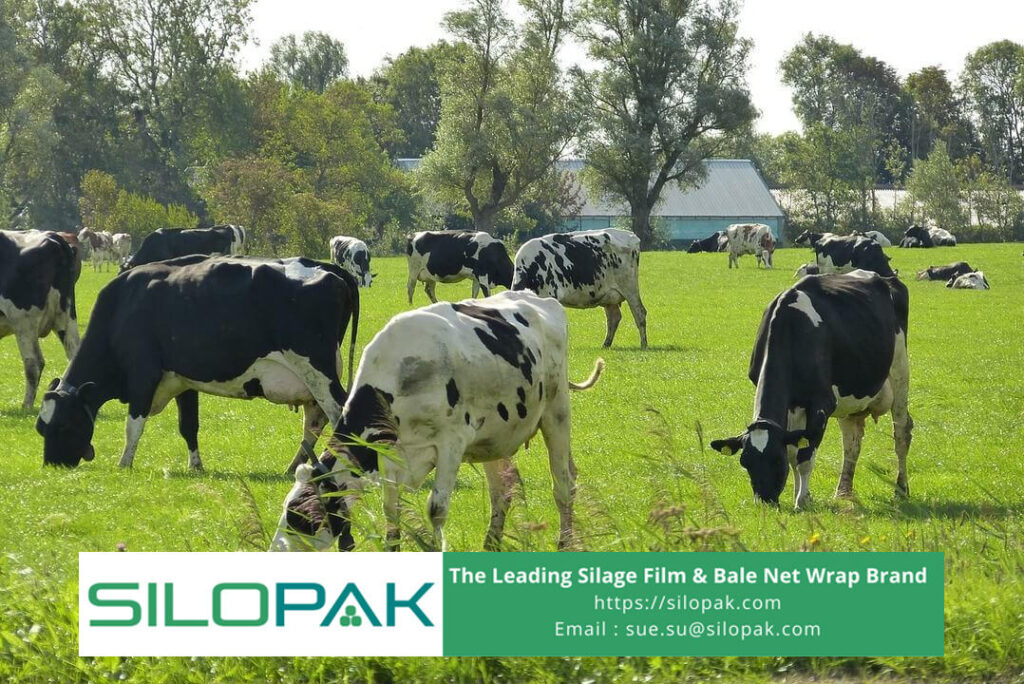contents
Getting Acquainted with Different Breeds of Dairy Cows

True to their name, dairy cows are simply a type of cows that is intentionally bred to derive benefit from their ability to produce milk. This milk is the one substance from which dairy products are made. There are seven breeds of such cows commonly reared these days. We are here to discuss all the breeds today, and we sure hope it would be a fun way to learn about this kind of animal.
The Classic Holstein Breed
The first breed of dairy cows is the Holstein, which is also the most common. The Holsteins are known for the black and white blotches on their body. The first Holstein came to America in 1631, brought along from their original place of birth in the Netherlands by a Dutch settler.
As a sign of their ubiquity, 90% of cows bred for milk in the US are of this variety. Their popularity can be attributed to their productivity. Averagely, a Holstein can produce almost 9 gallons of milk—per day.
The Beautiful Jersey Breed
The Jersey dairy cows are the smallest of the bunch, at up to 1,200 pounds. As a comparison, a regular cow will weigh at least 1,500 pounds. The Jerseys came from the Isle of Jersey in the English Channel, brought to America in the 1860s. They have varying body colors, ranging from light to dark brown.
They are known for their docile nature and big eyes, as well as high tolerance toward heat. Milk from the Jerseys is known to be rich in butterfat. Due to this fact, Jersey milk is often the perfect milk to make both cheese and butter.
Elsie, the Cow, is an example of a famous Jersey, introduced by Borden Dairy in 1936.
The Wise, Old Brown Swiss Breed
The Brown Swiss dairy cows originated from the Alps of Switzerland, coming to America in the 1860s. Many expert historians in the dairy industry regard the Brown Swiss as the oldest dairy breed of them all. Their bodies are as large as their ears (also furry), with color variations from dark brown to silver. The high protein to fat ratio of their milk makes it ideal for making cheese.
What sets the Brown Swiss apart from other breeds is their docile temperament and kind nature. They are the second most productive after the abovementioned Holsteins.
The Golden Guernsey Breed
The milk of the Guernsey dairy cows is unique. It is golden in color, courtesy of a high count of vitamin A (from the abundance of beta carotene). Guernsey was first domesticated on the Isle of Guernsey, the English Channel, by the monks living there before being brought to America in the early 1900s. However, it is also suspected that the original Guernsey cows were a result of the cross between two different French breeds.
Their body has golden color or fawn with white legs and largely white areas. Thanks to their golden milk, Guernsey is also dubbed the “Golden Guernsey”.
The Dependable Ayrshire Breed
The Ayrshire (pronounced ‘air-sheer’) has a size and vigor that lead to them being dubbed the “aristocrat”. It was called Dunlops originally. The county of Ayr in Scotland was the source of this breed before it was brought to America in the 1800s. Their body sports a combination of white and rusty red. The Ayrshires are very adaptable to their environment. Thanks to this, the Ayrshires can be found almost everywhere on earth, even in Southern Africa.
The Trailblazing Milking Shorthorn Breed
The Milking Shorthorn breeds are known for their dual purpose, for milk as well as for beef. This is since the cows are a member of a cattle breed called the Shorthorn, which was originally intended for beef production. Coming from England, their milk is high in protein to fat ratio. Their body is a combo of white and roan, which is a mixture of white and either black or brown.
The Milking Shorthorns were the first breed to be brought to Australia and New Zealand. They came to America in the 1780s.
The Newcomer, the White and Red Holstein
The last dairy cows breed is also the most recent addition, the Red and White Holstein. Coming from the Netherlands in 1964, this variety looks similar to their Holstein brethren, only the latter’s black spots are replaced by red instead. The Red-and-White variant has a strong immune system and is also highly tolerant to heat.
Regardless of which breed of dairy cows you choose to rear, their food is the primary contributor to high-value milk. Make sure you use Silopak’s range of products to support your effort in providing good feed for your cows.
